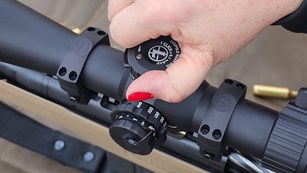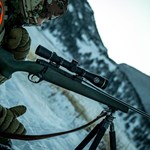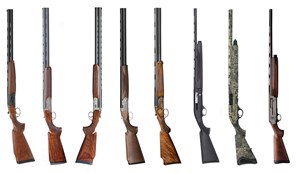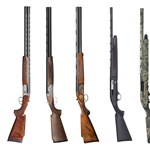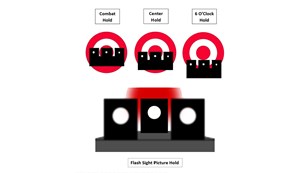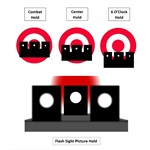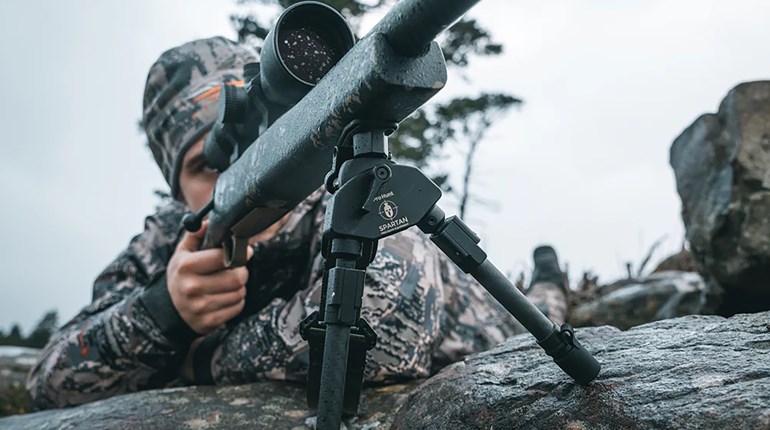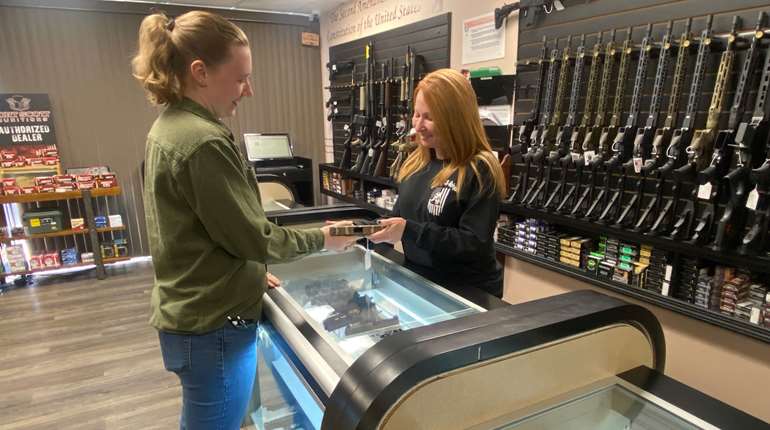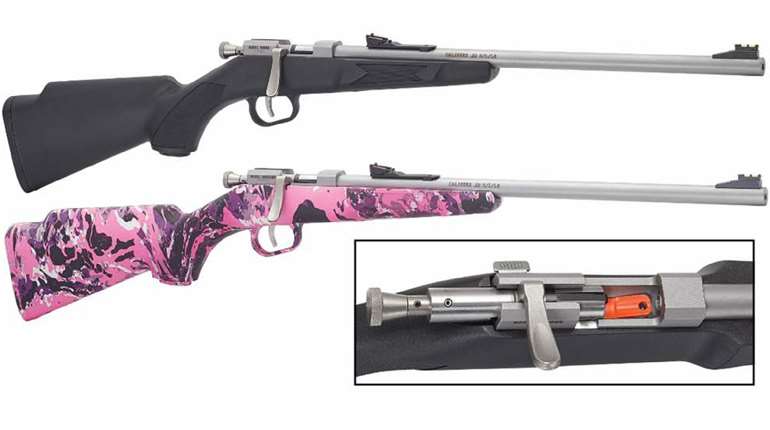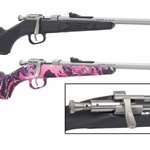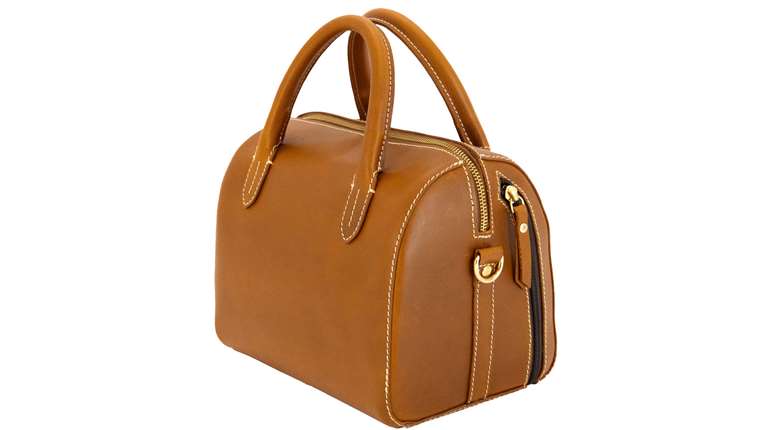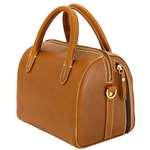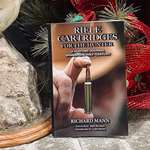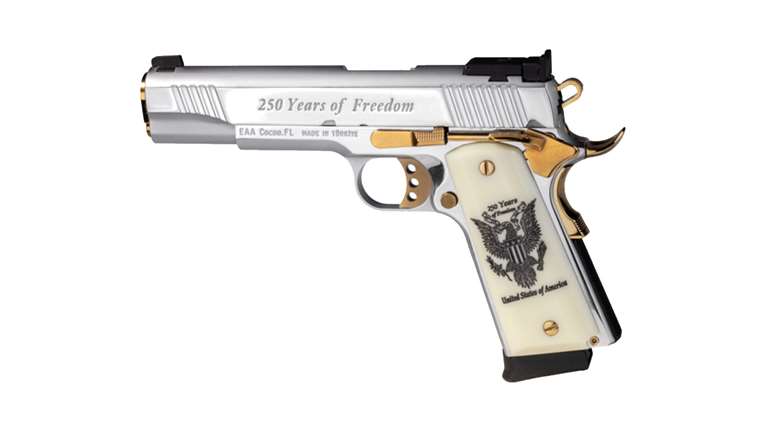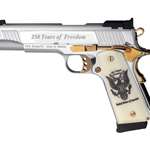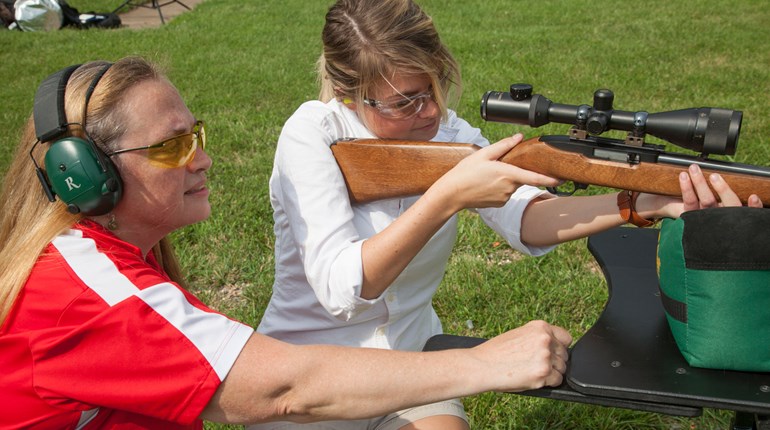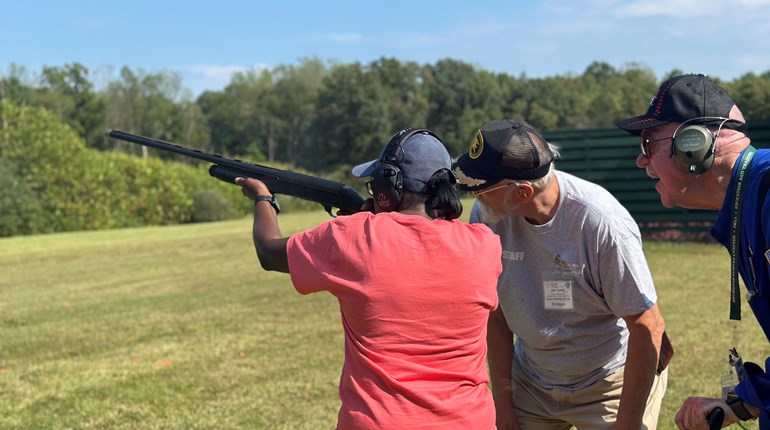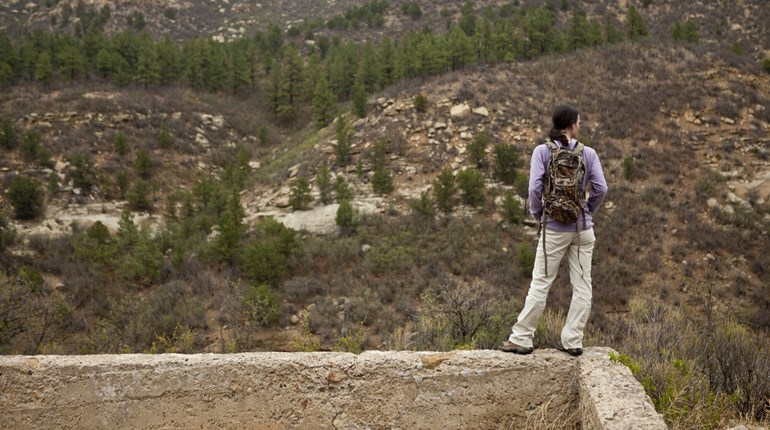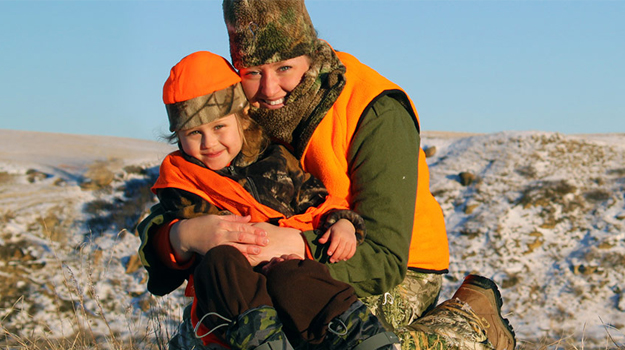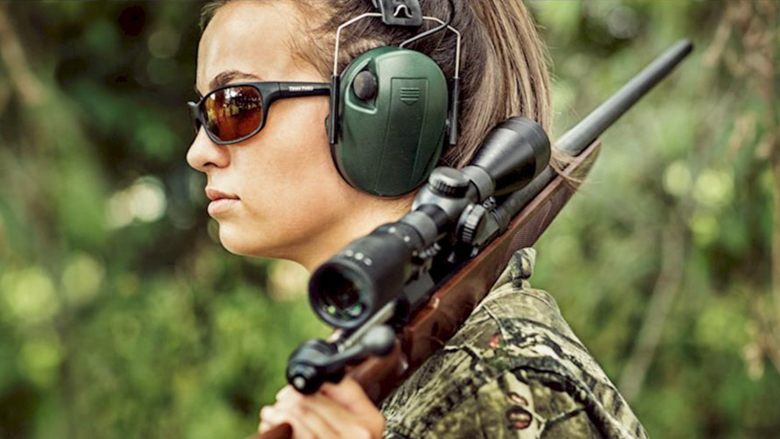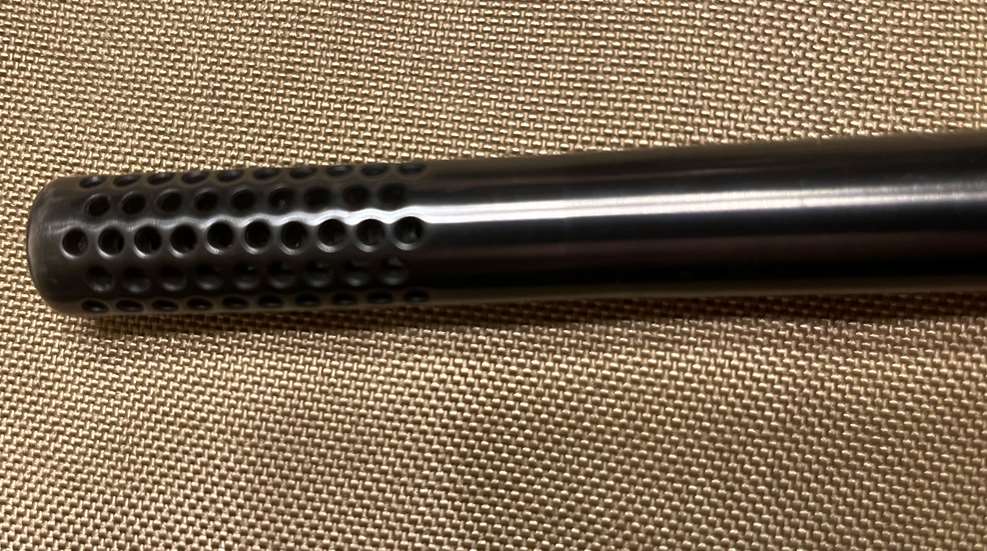
Have you ever fired a rifle with severe and unmanageable recoil (the energy transferred to the shoulder when the shot is fired), and muzzle flip (the sharp rise of the muzzle after the shot)? Extreme recoil can cause the shooter to develop a flinch, which is the last thing a shooter wants.
If the shooter is correctly executing the Five Fundamentals of Rifle and Pistol Shooting: Aiming, Breath Control, Hold Control, Trigger Control and Follow Through, then the firearm is the culprit! The firearm could be too small, too light, incorrect balance of the firearm (front-heavy, rear-heavy, etc.), or the shooter is shooting a caliber that he or she cannot handle.
The most common cause of extreme recoil and muzzle flip is the shooter shooting “too much gun.” This is difficult for many shooters to accept. Frequently I must tell some of my students that they are shooting too much gun and should consider a heavier gun (which will absorb some of the recoil) or a smaller caliber (which does not have as much muzzle energy). This is why I take several different sizes of guns in a variety of calibers to find a firearm that fits them. Women tend to take my advice and try something different to improve their marksmanship, but men are sometimes resistant to use any other gun but their own during the training exercises. If a student insists on using a firearm that is too big for him or her to properly shoot, all I can do is work with what I’ve got—which is OK if safety is not compromised.
Lack of practicing at the gun range is another reason muzzle brakes are desired by some shooters. Perfect practice can help reduce the amount of felt recoil a shooter experiences.
Remember, the heavier the bullet and the higher the velocity, the more recoil the shooter will experience. If the shooter is unwilling to step down and shoot a smaller caliber with less recoil and muzzle flip, he or she can opt for a muzzle brake.
What is a Muzzle Brake?
A muzzle brake is a device usually affixed to the end of a rifle’s barrel, whose job it is to reduce recoil and muzzle flip. These devices are affixed in one of two ways—either by sliding over the muzzle and soldered to the barrel, or screwed on to the end of a threaded barrel.
Muzzle brakes became very popular in the military in the 1930s. The standard for military rifles at the time was that they should not exceed 15 ft-lbs. of energy. It was determined that the average soldier could not accurately shoot a rifle with more than 15 ft-lbs. of energy. Muzzle brakes kept muzzle energies down while allowing the soldier to shoot larger calibers. Muzzle brakes gained popularity with sportsmen in the 1970s.
These devices can reduce recoil and muzzle flip by up to 60 percent, depending on the device. There is a definite advantage to putting a muzzle brake at the end of a barrel! The problem is that for every reaction there is an equal and opposite reaction. In other words, when there is a pro there is also a con, and muzzle brakes are no different.
A muzzle brake reduces recoil of the rifle by redirecting the expelled gases outward, upward, and rearward to counteract the actual and felt recoil. This is done by placing baffles and/or ports that direct the gases that cause recoil away from the shooter.
Pros
There are many advantages to using a muzzle brake on your rifle. The biggest advantage, of course, is that they reduce recoil and muzzle flip, thereby enabling a shooter to have a better shooting experience and possibly improve his or her accuracy by eliminating the anticipation of pulling the trigger on a hard recoiling rifle. This allows the shooter to follow the Five Fundamentals of Rifle and Pistol shooting safely and correctly. Additionally, by reducing recoil and muzzle flip, it allows the shooter to make faster and more accurate follow-up shots.
Muzzle brakes can also help the shooter with a steadier sight picture before and after the shot. Muzzle brakes may only add a couple of ounces to the end of the barrel, but it could be enough weight to steady the rifle before the shot. With the device redirecting the gases and reducing recoil, it is also easier to maintain your sight picture after the shot.
Cons
There may be more disadvantages than advantages, however, to using a muzzle brake. The report of the rifle discharged increases, thereby increasing the chance of hearing damage or loss those in range.
It is imperative that when using a muzzle brake, everyone in the vicinity of the gun fire wears hearing protection. It is even smarter to use two sets—soft foam in the ears and earmuffs over the foam plugs. Because of the loud report of the firearm, many hunting guides do not permit their use. If the muzzle brake is threaded, a client is usually required to remove it. This is especially true if you are hunting dangerous game animals such as Cape buffalo in Africa or bear in Alaska. Many guides and their employees need to be able to hear a soft grunt, snapping twigs, or rustling in the bushes to protect the client, workers and themselves while on the hunt.
The weight of the device can also be a disadvantage by throwing off a rifle’s balance. When the rifle is off-balance, recoil increases, and the shooter may not be able to maintain a steady sight picture.
Another disadvantage of a muzzle brake is the amount of redirected dust, gas and debris that is thrown in the air around the shooter. These contaminants are potentially inhaled by the shooter and can also obstruct the view, thus impeding a follow-up shot.
Muzzle brakes also put significant stress on a riflescope mounts and rings. In fact some experts believe muzzle brakes put so much stress on the area where the scope rings meet the base that they should be avoided altogether.
The final disadvantage of using a muzzle brake is that shooters who use muzzle brakes on their firearms sometimes develop a reputation not being able to handle recoil.
There are firearms or circumstances where muzzle brakes are necessary. If you are hunting alone or in a long-range shooting competition, these devices are acceptable. If you are hunting in large groups, dangerous game animals, or at the gun range, muzzle brakes may not be the best option.
If you have a large-caliber rifles, a muzzle brake may be needed. But more and more at the gun range I am seeing smaller calibers such as 6.5 Creedmoor, 7mm-.08, and .270s with muzzle brakes. I have even seen muzzle brakes on .223 Rem and 5.56 NATO firearms. If you need a muzzle brake on one of these calibers, consider switching to a smaller caliber.
If you have a muzzle brake on your firearm, be sure to always have adequate hearing protection with you. it is also polite to advise those around you so they can prepare for the report. Otherwise, plan to go to the range during off-times when there are fewer people present. Muzzle brakes are a tool to aid in accurate shooting, but are not a replacement for practicing at the range.
